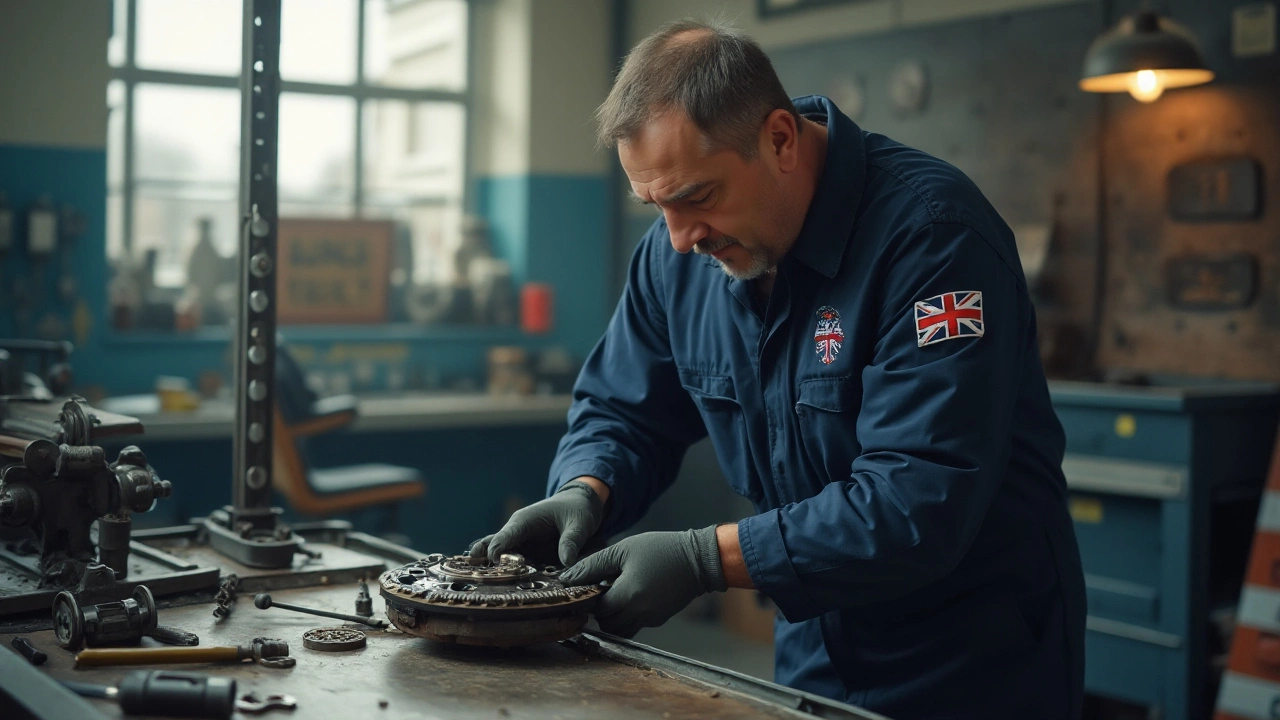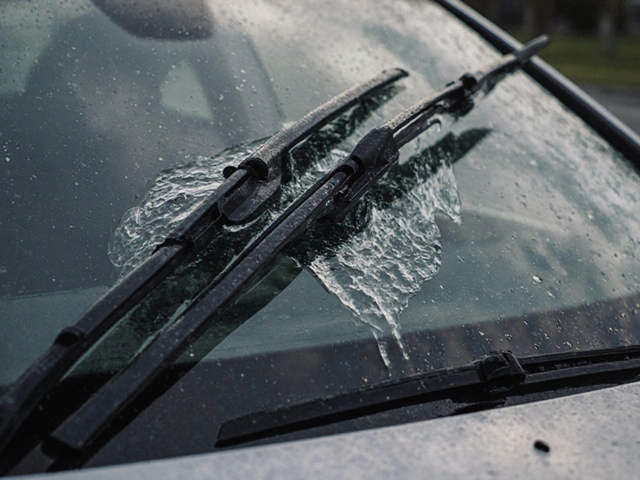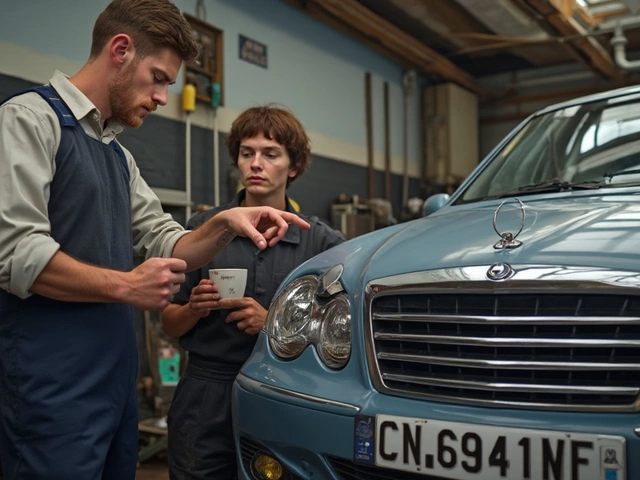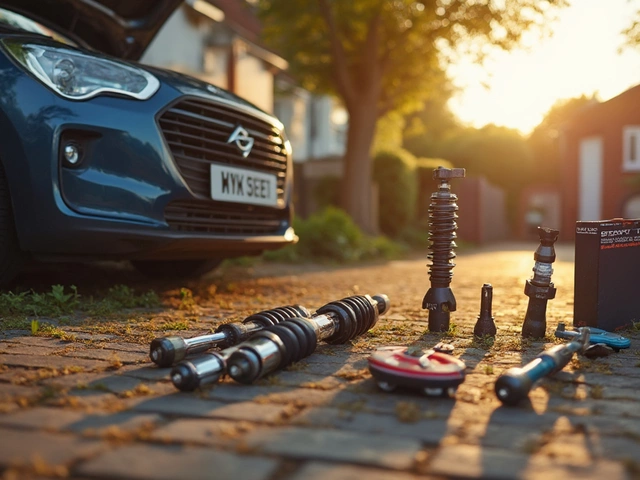Car Repair Tips: Simple Fixes to Keep Your Ride Safe
Stuck on the road or just want to avoid that nasty surprise at the garage? Below are down‑to‑earth tips that cover the most common problems – from brake pads to spark plugs. No jargon, just what you need to know to stay confident behind the wheel.
Brakes, Suspension, and Wheels
Changing only the rear brake pads might save a few pounds, but it can unbalance your braking force. The front does most of the work, so if one side is new and the other is worn, you’ll feel uneven stopping and risk longer stopping distances. Swap both sets together whenever possible, or at least have a professional check the front pads.
A bent suspension isn’t something you should ignore. It can cause uneven tyre wear, pulling to one side, and a wobbling feel at higher speeds. If you notice any of these signs, get the frame inspected ASAP – a bent arm or control arm can be straightened, but severe damage often needs a replacement.
Alloy wheels love good looks, but they can corrode under the right conditions. Salt, road grime, and cheap cleaning products eat away at the finish. Clean the rims with a mild pH‑balanced soap, dry them thoroughly, and apply a clear coat protectant. Regular checks will keep the shine and avoid costly repairs.
Engine and Powertrain Essentials
Bad spark plugs are a silent energy thief. Rough idle, misfires, and a drop in fuel economy are classic signs. A quick visual check – bright copper tip, no carbon buildup – tells you if they’re due. Replacing them every 30,000 – 60,000 km can boost power and save you money.
The fuel pump is the heart of your fuel system. If the engine sputters on acceleration or stalls at idle, it could be a weak pump. You can test it with a simple pressure gauge: connect, turn the key, and watch the reading. Low pressure means it’s time for a swap before the car refuses to start.
Clutch issues often start with a burning smell. Once the clutch material overheats, the lifespan drops dramatically. If you hear a choking noise or notice slipping, replace the clutch before it fails completely – a burnt clutch can damage the flywheel and cost you more.
Even small things like rear windscreen wiper removal have legal implications. In the UK, it’s illegal to remove the rear wiper and still pass an MOT. Keep it fitted, or you could face fines and a failed inspection.
Finally, keep an eye on suspension shocks. Leaking oil, a thudding noise over bumps, or a nose‑diving car when braking all point to worn shocks. Replacing them restores ride comfort and helps keep the tyres even.
These tips are a solid starting point, but when in doubt, bring the car to a trusted garage like Northwich Tyres Centre. Their experts can fit new brakes, align wheels, and run a full diagnostic to keep your vehicle humming along safely.
 6 August 2025
6 August 2025
Clutch vs Transmission Problems: How to Tell the Difference in Your Car
Is your car making weird noises or refusing to shift? This guide helps you spot the real issue—clutch or transmission—using clear facts so you can fix it right.
 7 July 2025
7 July 2025
Car Radiator Costs Explained: How Pricey Are Replacements in 2025?
Are car radiators expensive in 2025? Find fresh insights on replacement costs, why they're rising, and tricks for saving money on your next repair.
 31 December 2024
31 December 2024
How Long Does Clutch Replacement Take: A Comprehensive Guide
Replacing a clutch is a task that many car enthusiasts or mechanics undertake, but it requires time and precision. This article explores the various aspects affecting the time it takes to replace a clutch, such as vehicle type, mechanical expertise, and necessary tools. We will delve into the standard time frames expected for this task, along with tips for efficiency. Additionally, readers will learn about common signs indicating clutch issues and preventative measures to prolong clutch life.
Latest Posts
-

Can You Use a 17 Inch Wiper Blade Instead of a 16? Here's What Really Happens
-

How Do I Know If I Need a New Clutch Kit? Signs, Tips, and What to Do Next
-

How to Make Your Car Suspension Softer: Easy Tweaks That Matter
-

How Difficult is it to Replace a Car Radiator? A DIY Guide
-

Buying a Car Battery: Smart Tips for the Best Price

0